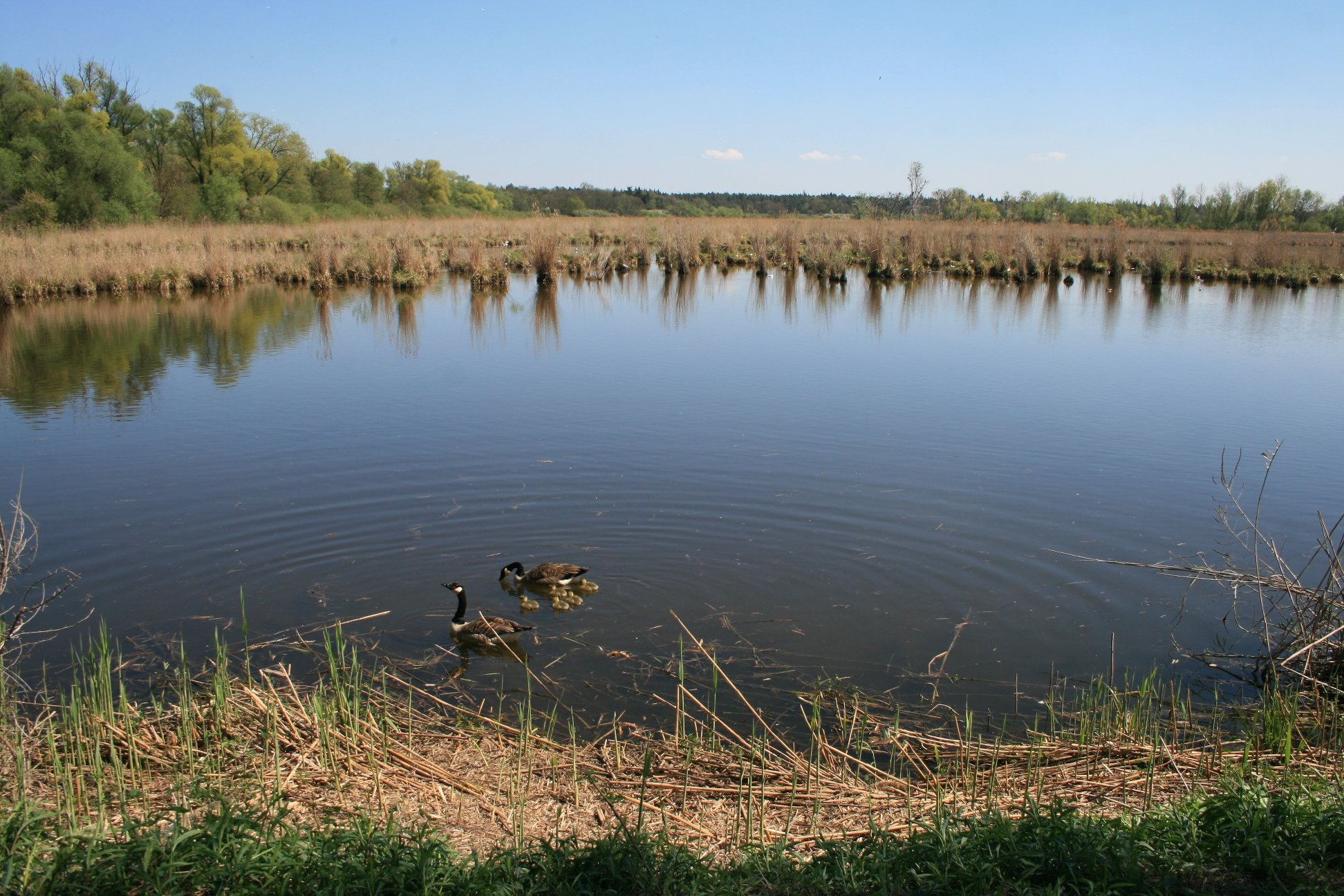
Purple Herons Ardea purpurea are an old world element of the Ardeidae and range widely throughout sub-Saharan Africa, South and Southeast Asia, and parts of Europe and central Asia. Within Europe, they are mostly found in the South (around the Mediterranean), and the East. Germany is not really within the species’ breeding range, and there is only one area where the herons have bred continuously and successfully since the 1970’s: Waghäusel, an area of former waste water ponds of a – now closed – nearby sugar plant. The breeding population of Purple Herons at Waghäusel has fluctuated between roughly a handful and a dozen, tending more towards the upper end in recent years.
Finding the herons at Waghäusel is not difficult between April and August, and I’ve had more trouble going there trying not to see them than actually seeing them. The colony is located in the far north-west of the pond system, and can be seen in the picture above this post. Even in the most difficult of years, you’ll eventually see one or more flying around the colony, or you might spot them perched somewhere amongst the reeds.
This year has been very different, indeed. So much so that the birder who’s monitored the herons since the 1970s actually proclaimed that “the herons have gone crazy”. While the birds will usually hide their nests somewhere in the middle of the thickest reeds, many pairs this year have decided to build nests out in the open, just a few yards away from the tracks frequented by birders. Not only that, but the number of nests is not somewhere around 10+ as it has been recently, it is well over 25! Where I come from, that’s quite an increase. It is also quite the chance for watching and photographing the birds, of which I’ve tried to take advantage to the best of my abilities…
A pair of Purple Herons at their nest.
The long toes are ideal for climbing through the reeds, but are not suitable for removing small bits of fluff from the tip of the bill.
But long toes don’t mean the climbing is easy.
Giving up.
In courtship and threat, Purple Herons stretch their necks and heads to expose the white throat…
…which looks very cool…
…no matter what the angle.
But this ritual doesn’t mean there won’t be more confrontational scenes in the colony.
.
And when all the wooing and fighting goes as planned, there will be more Purple Herons next year:


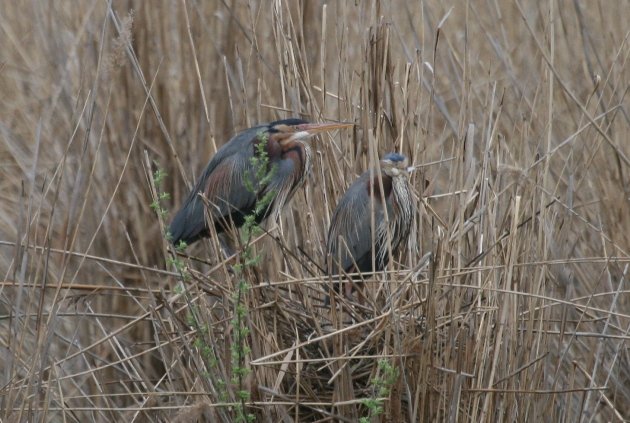
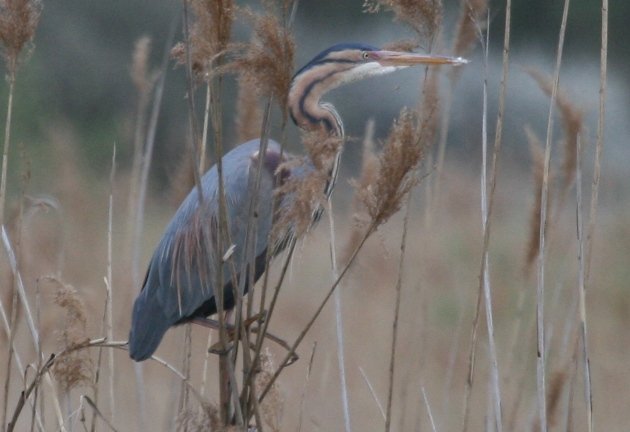
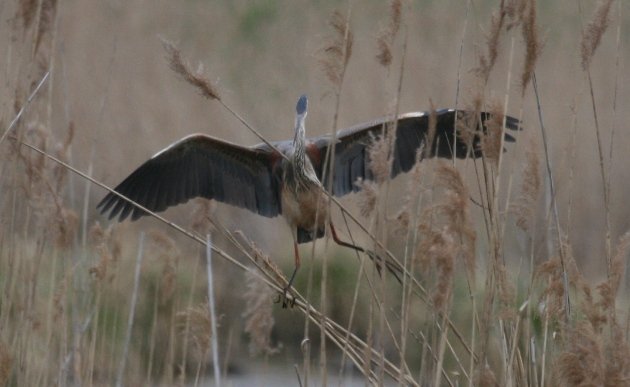
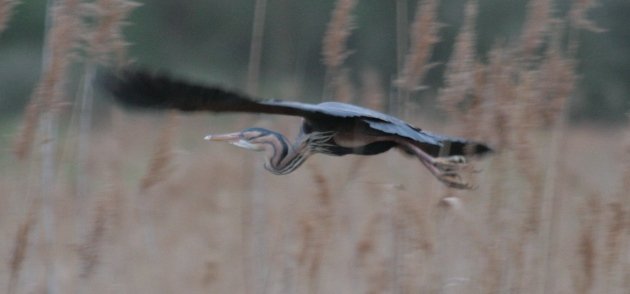
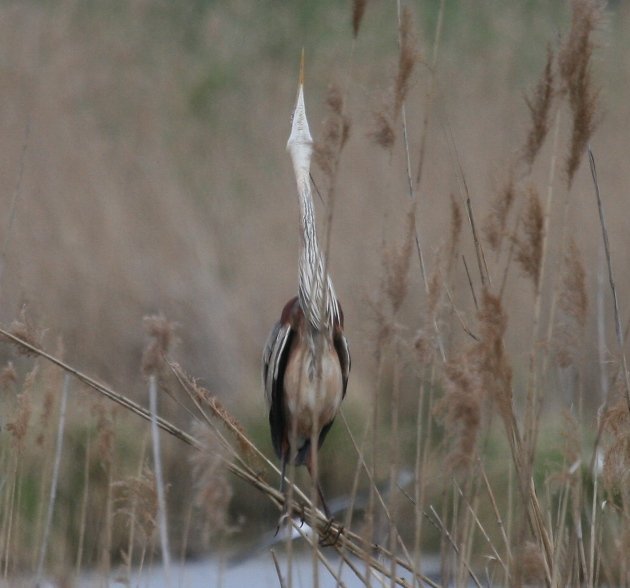
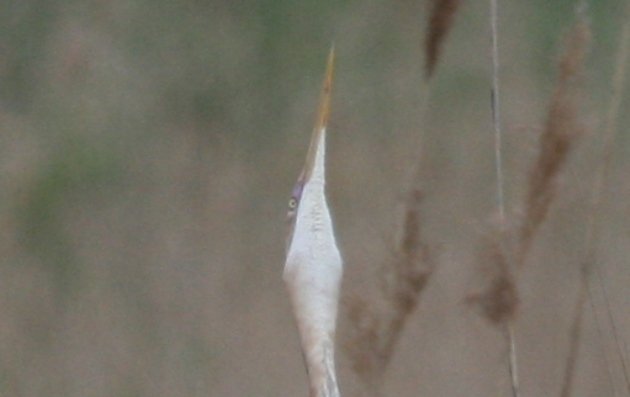
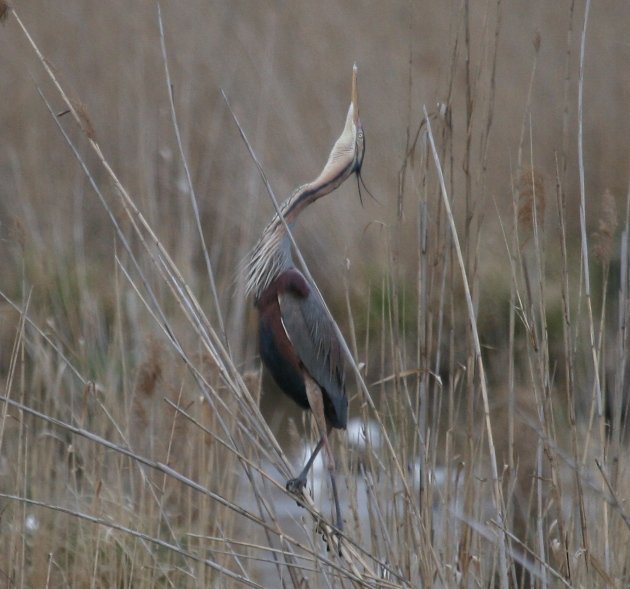
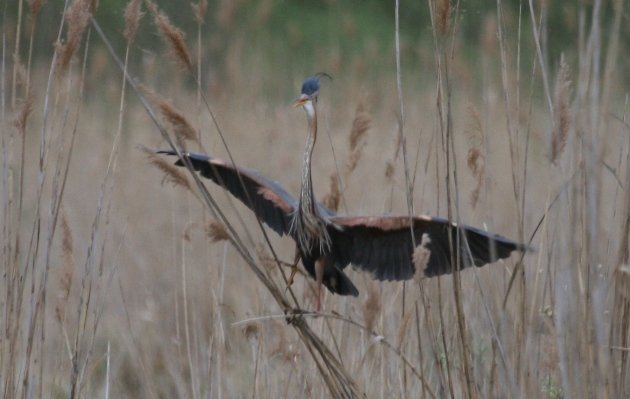
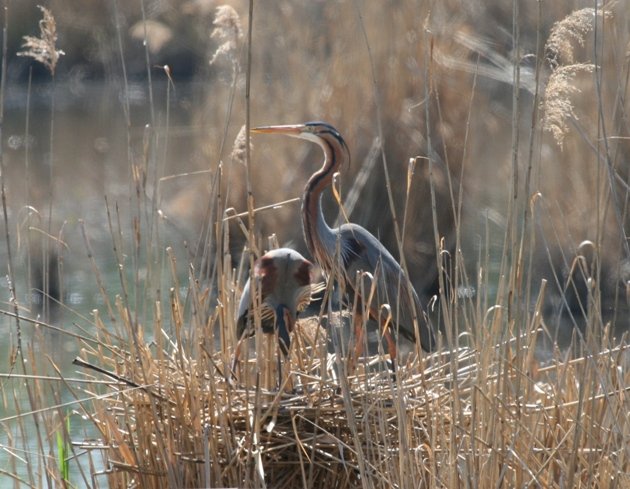
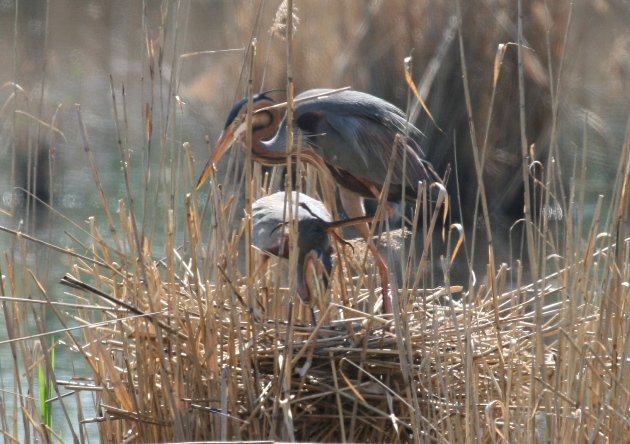
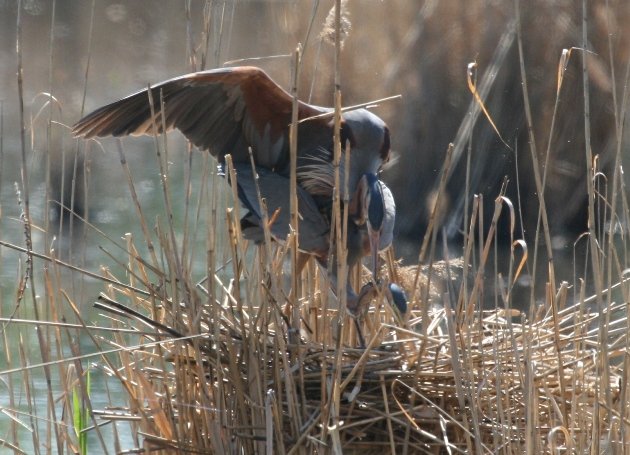
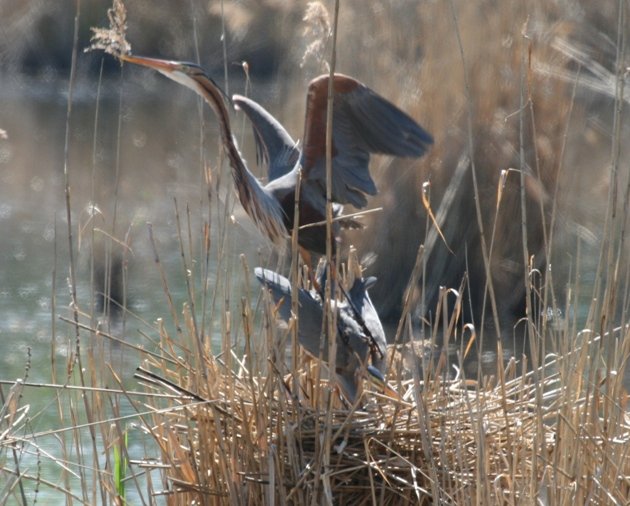











Purple Herons always make me think of Africa, but I have seen them in Asia as well. A cool species.
Purple Herons-great! We have still got White-necked and White-faced Herons close to Broome thanks to some late Wet Season rain…right against the road that runs around Australia!
Saw my very first purples here a long, long time ago; great to know they’re doing so well.
What amazing photos of the extended necks! Your Purple Herons look a lot like our ubiquitous Great Blue Herons, but I’ve never had the opportunity to observe any neck stretching like that.
@Duncan: yeah, they do look somewhat out of place here in Germany. Not that I’d mind… And they are quite possibly my favourite heron.
@Clare: Yes, very great. Nice to read you still have white-faced herons. I enjoyed them quite a lot in NZ, although I did not enjoy them around Kaikoura where they always made my heart skip a beat on the coast, where I was hoping for a Reef Heron.
@Rick: I know you did! Yes, they are doing well. Sadly though, many of those “exposed” nests were abandoned a few days ago (after I had scheduled the post), but that still means at least 10 successful nests.
@Wendy: Indeed, they do look a bit like Great Blues. You know, if you crossed the Eurasian Grey Heon with a Purple, you’d probably get a small version of the Great Blue Heron. Hmmmmm, maybe someone should look into the evolution and genetic relationship of Great Blue Herons. 😉